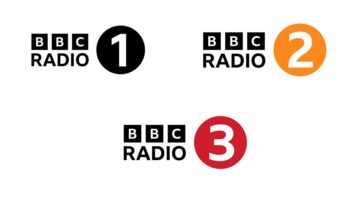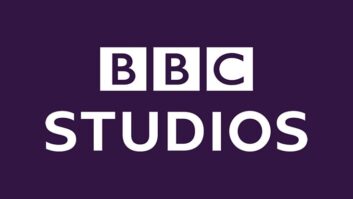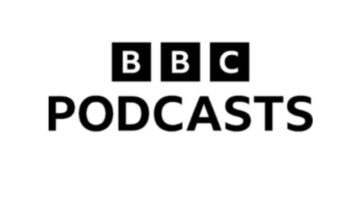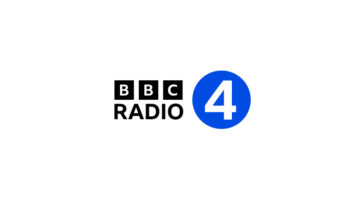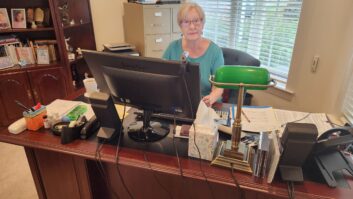LONDON — Dec. 3 saw a special live edition of BBC Radio 3’s “Hear and Now” broadcast from the corporation’s innovative Maida Vale Studio 3. It featured a major new electroacoustic work for multichannel surround sound created by the German composer and artist, Florian Hecker.

German Composer and Artist Florian Hecker created a new electroacoustic piece entitled “Inspection — Maida Vale project” for use with multichannel surround sound. What made this transmission unique was that Hecker’s piece was not only broadcast live on Radio 3, but also that it was available in binaural sound via the network’s website. As such it was the first BBC live binaural broadcast.
Central to Hecker’s piece, “Inspection — Maida Vale project,” was a computer-generated sound, a synthetic voice and sound processed through a legendary piece of vintage equipment, the EMS Vocoder 5000 — an exemplary analysis/synthesis system used by BBC Radiophonic Workshop at Maida Vale in the 1970s.
PERFECT POSITIONING
Producer Andy King said the transmission was the latest in decades of musical experimentation in the Maida Vale studios. “Hecker’s work has been commissioned for BBC Radio 3’s 70th Season, celebrating seven decades of pioneering sound since the founding of the “Third Programme” (replaced by BBC Radio 3 in 1970).
Maida Vale has been home to so many audio and broadcast innovations over the years, but we wanted to take it to the next level, so we decided to work in partnership with BBC Research and Development to broadcast this ground-breaking performance in live binaural, or 360-degree, sound. It means that the radio listeners at home can put on their headphones and have an experience as close as possible to being in the studio audience.
“Hecker’s piece builds on his work around concepts of analysis and resynthesis of sound, and ideas of timbre and auditory perception, and with a specially-designed layout of loudspeakers in the studio it was perfect for the binaural treatment,” said King.
BBC Research Studio Manager Tom Parnell added, “Binaural recordings of music and drama have been broadcast on and off by the BBC for decades. Traditionally, the only way to directly recreate the effect that our head and ears have on how we hear sound is to record using a dummy-head mic — or similar mic technique, which has a microphone in each ear. When we hear these recordings over headphones our brain is tricked into perceiving the sound cues as we hear them in real life.”
But in order to achieve a desirable broadcast mix with a dummy head mic it has to be positioned perfectly, with all the sound sources — music, actors, sound effects, and so on — balanced correctly around the mic. And the recordings could only be reproduced over headphones.
SIMULATING HEARING CUES

Tom Parnell of BBC Research studio manager. Parnell continued, “Now, BBC Research & Development has developed signal processing technology which allows us to manipulate standard audio sources — such as single mics and recorded sounds — to simulate the hearing cues created by the acoustic interaction between our bodies and the environment around us.”
These tools also allow the manipulation of binaural music mixes in the same way as stereo broadcasts. “At this concert, we combined the signals from a new 3D mic array with direct feeds from Florian Hecker’s loudspeaker system to recreate an immersive spatial impression of the piece. All the individual sources were processed separately, applying the right binaural filters to introduce the correct cues and give the impression that each sound source is located outside of the head, at a given location in space,” explained Parnell.
The “Hear and Now” broadcast, which was presented by Robert Worby, also included works by other composers selected by Florian Hecker. Prior to those performances, some of Hecker’s recent text-sound pieces were played out in Studio 3 over an array of multiple loudspeakers.
Philip Stevens reports on the industry for Radio World from Essex, England







